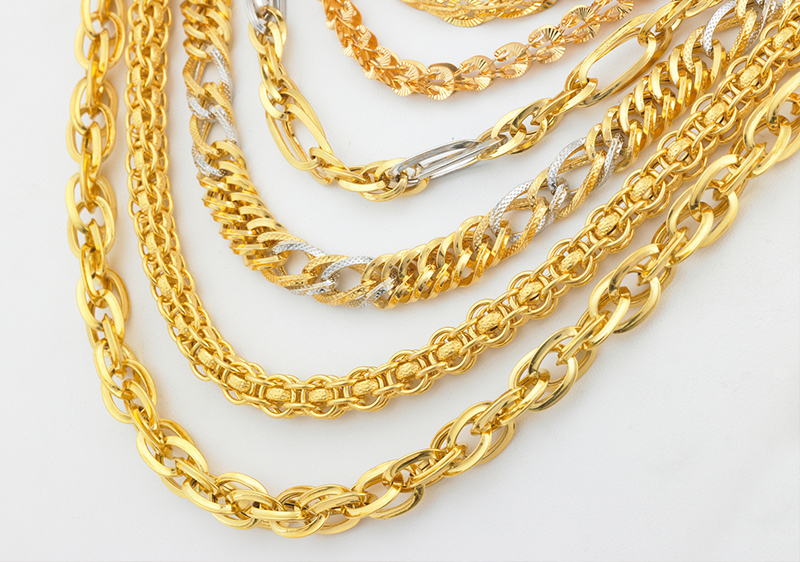Revealing the Lifecycle of Gold from Raw Material Extraction to Trade Supply
Wiki Article
Gold has been a coveted asset for thousands of years, cherished not only for its beauty but also for its practicality in various industries. The process of gold begins with rock removal, a procedure that involves excavation. Miners hunt for gold veins in the earth, which can be found in different configurations such as nuggets or grains combined with other minerals. There are several methods of mining, including placer mining and hard rock mining. Placer mining involves extracting gold in riverbeds, while hard rock mining requires digging deep into the ground to remove gold-bearing rocks. Both methods can be resource-heavy and require careful management to be successful.
Once the rock is extracted from the ground, it must be treated to extract the gold from other components. This procedure usually starts with crushing the ore into small pieces, making it easier to work with. After grinding, the ore is subjected with reagents to separate the gold. One common method is using cyanide, which attaches to gold and allows it to be recovered from other minerals. This step is crucial because it improves the quality of the gold and readies it for further processing. The remaining residues are discarded as tailings, which must be controlled properly to avoid environmental harm.
After the gold is isolated from the ore, it goes through treatment to achieve a higher level of concentration. This step often involves smelting the gold at high temperatures to remove undesirable elements. Various approaches can be used for refining, including electrolytic refining and furnace refining. Electrolysis uses electrical energy to separate impurities from pure gold, while cupellation involves heating gold in a cupel furnace that removes unwanted elements. The final product is typically nearly pure gold, ready for use in luxury goods, electronics, and other applications.

Once refined, gold is molded into bars or rounds before being distributed to exchanges around the world. Gold bullion are commonly used by banks as a form of reserve asset or monetary reserve. Coins are often produced for investors or general distribution, depending on their appearance try this and collectibility. Supply chains include wholesalers and dealers who sell gold goods to consumers. The value of gold shifts based on market demand and supply elements, impacting how it is sold and traded globally.
The entire path of gold from raw material recovery to market distribution highlights the sophistication of this highly sought metal’s life cycle. Each step requires expertise and expertise to ensure that the final output meets specifications and meets market demands. Comprehending this sequence not only sheds light on how high-value commodities are procured but also draws Related Site attention to the importance of ethical mining that preserve both populations and the biosphere. As demand for gold continues around the world, acknowledging this sequence ensures that we recognize its value beyond mere aesthetics, recognizing its place in our society and civilization.